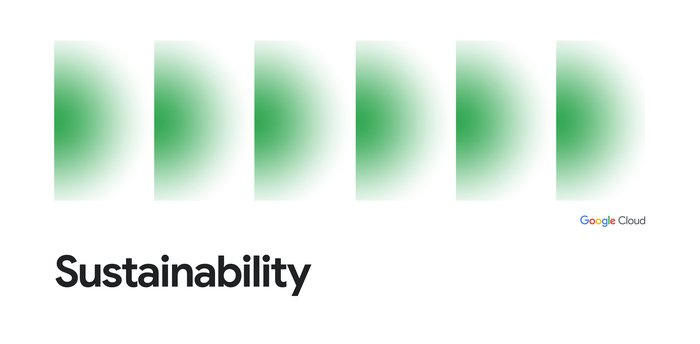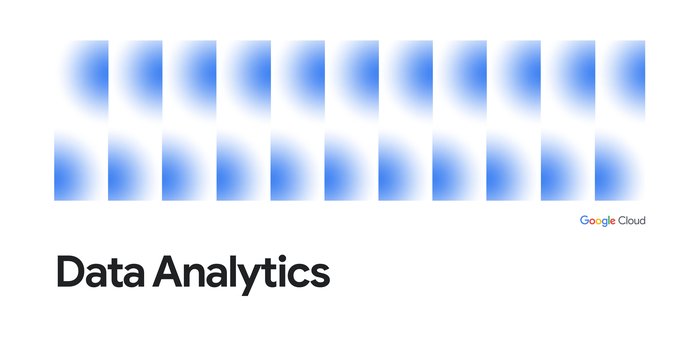Designing sustainable AI: A deep dive into TPU efficiency and lifecycle emissions
David Patterson
Google Distinguished Engineer, Google Research
Parthasarathy Ranganathan
VP, Engineering Fellow
As AI continues to unlock new opportunities for business growth and societal benefits, we’re working to reduce the carbon intensity of AI systems — including by optimizing software, improving hardware efficiency, and powering AI models with carbon-free energy.
Today we’re releasing a first-of-its-kind study1 on the lifetime emissions of our Tensor Processing Unit (TPU) hardware. Over two generations — from TPU v4 to Trillium — more efficient TPU hardware design has led to a 3x improvement in the carbon-efficiency of AI workloads.2
Our life-cycle assessment (LCA) provides the first detailed estimate of emissions from an AI accelerator, using observational data from raw material extraction and manufacturing, to energy consumption during operation. These measurements provide a snapshot of the average, chip-level carbon intensity of Google’s TPU hardware, and enable us to compare efficiency across generations.
Introducing Compute Carbon Intensity (CCI)
Our study examined five models of TPUs to estimate their full life-cycle emissions and understand how hardware design decisions have impacted their carbon-efficiency. To measure emissions relative to computational performance and enable apples-to-apples comparisons between chips, we developed a new metric — Compute Carbon Intensity (CCI) — that we believe can enable greater transparency and innovation across the industry.
CCI quantifies an AI accelerator chip’s carbon emissions per unit of computation (measured in grams of CO2e per Exa-FLOP).3 Lower CCI scores mean lower emissions from the AI hardware platform for a given AI workload — for example training an AI model. We've used CCI to track the progress we've made in increasing the carbon-efficiency of our TPUs, and we’re excited to share the results.
Key takeaways
-
Google’s TPUs have become significantly more carbon-efficient. Our study found a 3x improvement in the CCI of our TPU chips over 4 years, from TPU v4 to Trillium. By choosing newer generations of TPUs — like our 6th-generation TPU, Trillium — our customers not only get cutting-edge performance, but also generate fewer carbon emissions for the same AI workload.
-
Operational electricity emissions are key. Today, operational electricity emissions comprise the vast majority (70%+) of a Google TPU’s lifetime emissions. This underscores the importance of improving the energy efficiency of AI chips and reducing the carbon intensity of the electricity that powers them. Google’s efforts to run on 24/7 carbon-free energy (CFE) on every grid where we operate by 2030 aims directly at reducing the largest contributor to TPU emissions — operational electricity consumption.
-
Manufacturing matters. While operational emissions dominate an AI chip's lifetime emissions, emissions associated with chip manufacturing are still notable — and their share of total emissions will increase as we reduce operational emissions with carbon-free energy. The study’s detailed manufacturing LCA helps us target our manufacturing decarbonization efforts towards the highest-impact initiatives. We're actively working with our supply chain partners to reduce these emissions through more sustainable manufacturing processes and materials.
Our significant improvements in AI hardware carbon-efficiency in this paper complement rapid advancements in AI model and algorithm design. Outside of this study, continued optimization of AI models is reducing the number of computations required for a given model performance. Some models that once required a supercomputer to run can now be run on a laptop, and at Google we’re using techniques like Accurate Quantized Training and speculative decoding to further increase model efficiency. We expect model advancements to continue unlocking carbon-efficiency gains, and are working to quantify the impact of software design on carbon-efficiency in future studies.
Partnering for a sustainable AI future
The detailed approach we’ve taken here allows us to target our efforts to continue increasing the carbon-efficiency of our TPUs.
This life-cycle analysis of AI hardware is an important first step in quantifying and sharing the carbon-efficiency of our AI systems, but it's just the beginning. We will continue to analyze other aspects of AI’s emissions footprint — for example AI model emissions and software efficiency gains — and share our insights with customers and the broader industry.
Together, we can harness the transformative power of AI while minimizing its impact on the planet.
Explore our latest TPU offerings and learn more about how customers can unlock sustainable growth with Google Cloud.
1. The authors would like to thank and acknowledge the co-authors for their important contributions: Ian Schneider, Hui Xu, Stephan Benecke, Tim Huang, and Cooper Elsworth.
2. A February 2025 Google case study quantified the full lifecycle emissions of TPU hardware as a point-in-time snapshot across Google’s generations of TPUs. To estimate operational emissions from electricity consumption of running workloads, we used a one month sample of observed machine power data from our entire TPU fleet, applying Google’s 2023 average fleetwide carbon intensity. To estimate embodied emissions from manufacturing, transportation, and retirement, we performed a life-cycle assessment of the hardware. Data center construction emissions were estimated based on Google’s disclosed 2023 carbon footprint. These findings do not represent model-level emissions, nor are they a complete quantification of Google’s AI emissions. Based on the TPU location of a specific workload, CCI results of specific workloads may vary.
3. CCI includes both estimates of lifetime embodied and operational emissions in order to understand the impact of improved chip design on our TPUs. In this study, we hold the impact of carbon-free energy on carbon intensity constant across generations, by using Google's 2023 average fleetwide carbon intensity. We did this purposefully to remove the impact of deployment location on the results.



